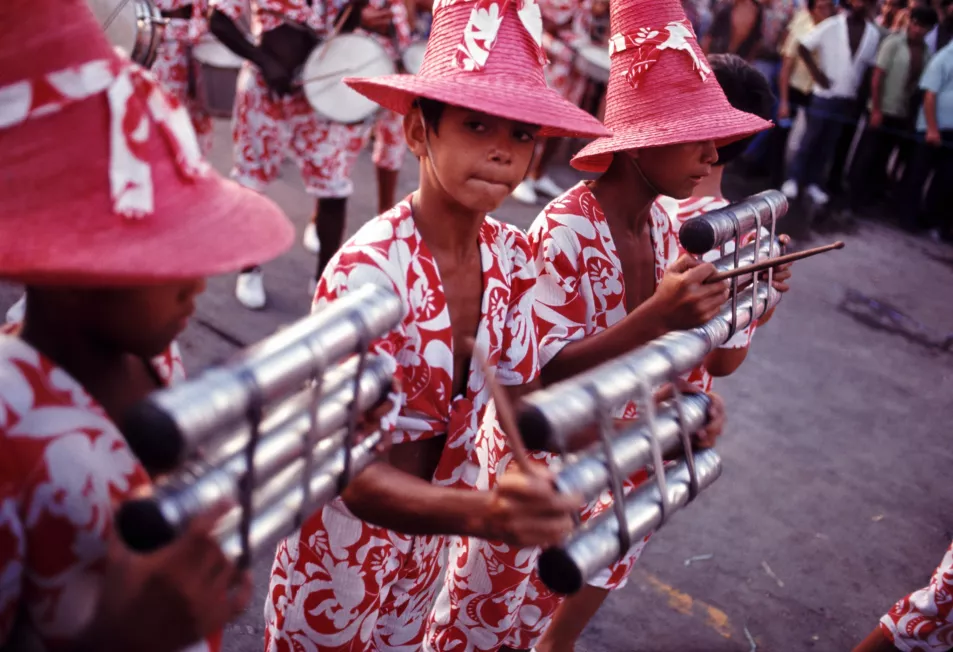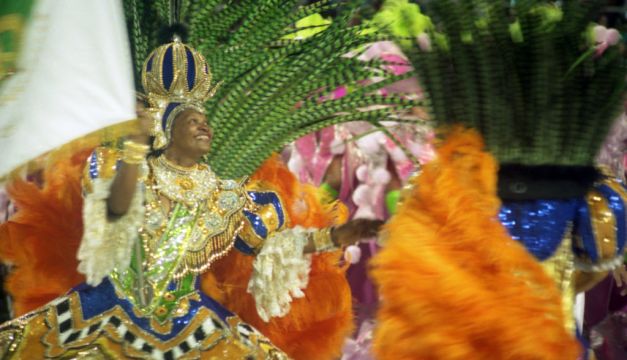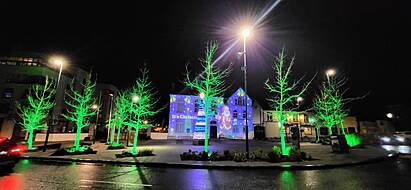Few parties are bigger or more colourful than Rio de Janeiro’s annual carnival.
There are conflicting stories on how carnival started; it may have originated as an ancient Greek spring festival as far back as the 1650s, and later changed into a festival marking the beginning of Lent by the Catholic Church. The first Rio Carnival ball was said to be held in 1840, where participates performed the waltz and polka.
These days, it’s one of the biggest events in the Brazilian calendar. With huge parades, colourful costumes and lots of dancing – specifically samba – and it attracts tourists from all over the world.
Due to the coronavirus crisis, this year’s event was delayed from its original slot, and will now take place between April 20th-30th.
If you can’t make it to Rio to soak it all up, you can still escape to Brazil in some of these incredible snapshots of carnival from years gone by…
The 1960s…

Carnival was a big deal in the 1960s, but it doesn’t seem to be on quite the same scale as we see today. Music and dance were still central to celebrations, with revellers taking to the streets to party.

The 1970s…

Samba – a genre of music and dance originated by Afro-Brazilian communities – is the beating heart of carnival.


The 1990s…

One of the best things about carnival is undoubtedly the outfits. Dancers and party-goers adopt a ‘more is more’ approach to style, with bright colours, big headdresses and lots of sequins.

The 2000s and beyond…

By the Noughties, it seems as if the carnival was becoming increasingly well organised – a necessity given the sheer amount of people it was attracting.

In the processions, floats were getting more extravagant, and outfits even more colourful and glitzy than before.

But Carnival has stayed the same, with music and dancing at its core. There’s a competitive element too – rival samba schools perform elaborate dance numbers in an arena known as the Sambadrome (first built in the 1980s), hoping to be crowned that year’s winner.

While Rio is home to the most famous carnival, similar events happen all over Brazil.











